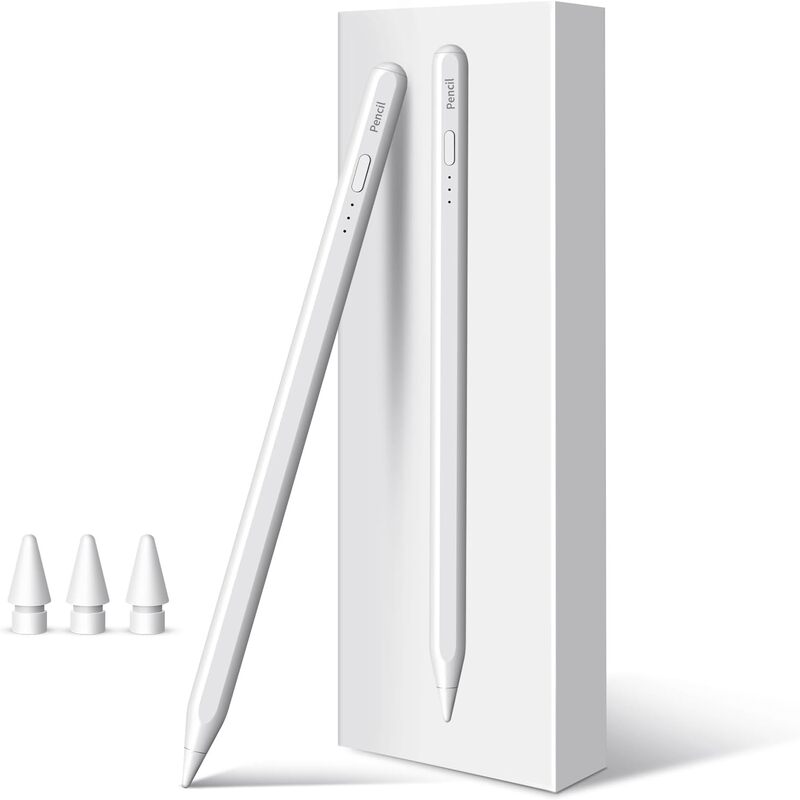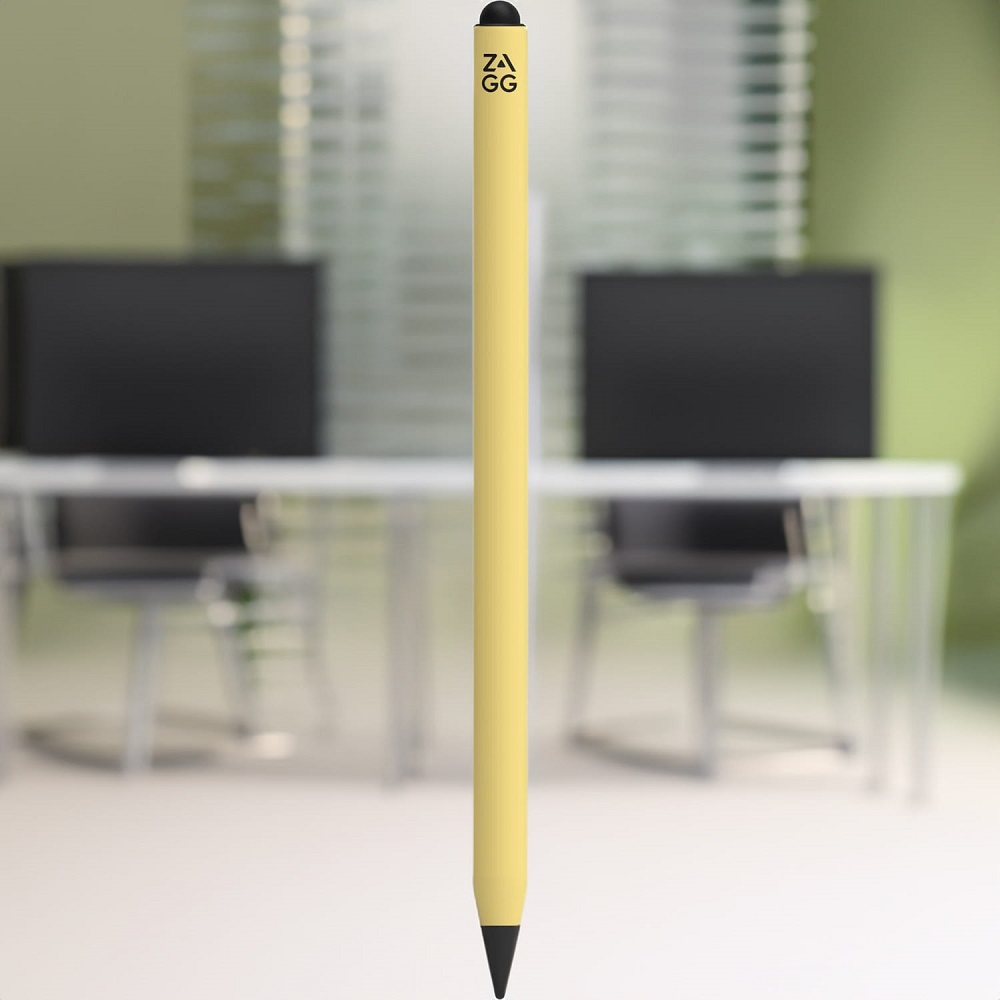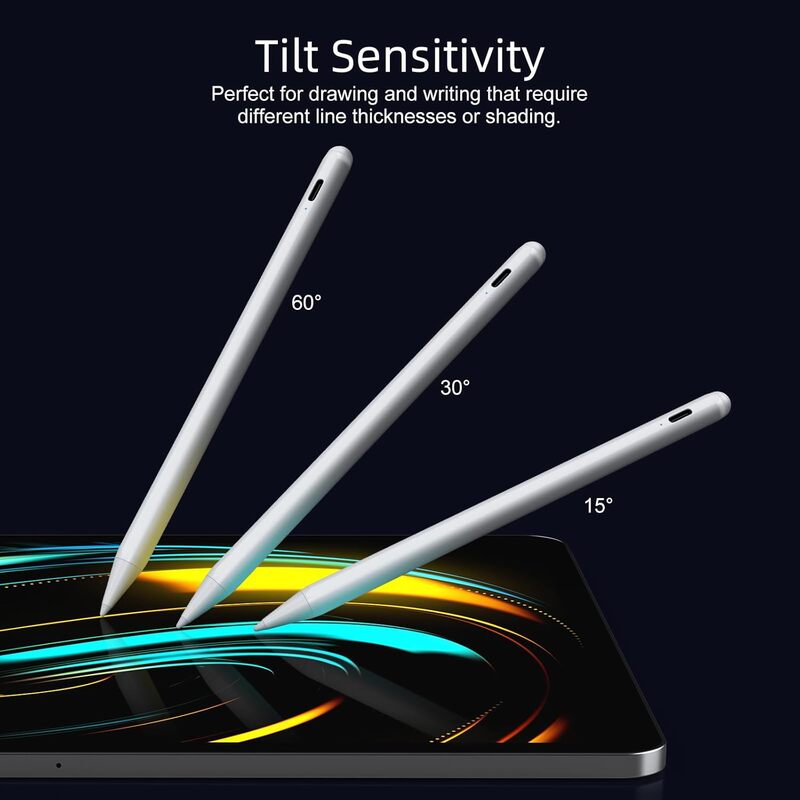In today’s digital age, the right tools can significantly enhance the creative process, especially when it comes to writing and drawing. Whether you’re a student looking to take organized notes, a digital artist striving for precision, or a professional seeking efficient ways to brainstorm, selecting the appropriate writing tool is crucial. In this comprehensive guide, we will delve deep into the nuances of two popular writing tools: the Apple Pencil vs stylus. By examining their features, advantages, and specific use cases, we aim to help you make an informed decision for your writing needs.
Understanding the Basics: What is an Apple Pencil?
The Apple Pencil, designed by Apple Inc., is a precision stylus that works seamlessly with iPad models. Available in two generations, it offers advanced technology that caters to both novice and expert users. Its design ethos promotes a natural writing experience that replicates traditional tools, allowing you to jot down notes, draw intricate pictures, or create professional illustrations.

Generational Differences: Apple Pencil 1st vs. 2nd Generation
Apple Pencil 1st Generation: Released in 2015, this version features a round design and charges via a Lightning connector. While it provides impressive functionality, its performance can be affected by the presence of other accessories or apps running in the background.
Apple Pencil 2nd Generation: Launched in 2018, this stylus features a flat edge designed for attaching magnetically to the iPad Pro models, ensuring secure storage and wireless charging. This model boasts compatibility enhancements, allowing for double-tap gesture controls that can switch between tools instantly, elevating the user experience.
Exploring Regular Styluses: A Versatile Option
Regular styluses are generally universal writing tools that can function with any capacitive touchscreen device, including smartphones, tablets, and even some laptops. They come in various designs, from simple pointed tips to more complex options that simulate brush styles for artists.
Types of Regular Styluses
Capacitive Stylus: The most basic type that mimics the touch of a finger without the need for pairing or charging.
Active Stylus: Offers advanced features like pressure sensitivity and palm rejection. While they can provide a writing experience similar to that of the Apple Pencil, many lack the same level of software integration.
Hybrid Stylus: Some brands are blending traditional pen technologies with digital features, offering models that work across multiple devices while achieving a similar level of pressure sensitivity.

Performance Comparison: Precision and Control
When it comes to precision, the Apple Pencil reigns supreme. It integrates beautifully with various applications, providing users with a lag-free experience and remarkable accuracy that makes it ideal for detailed drawings and meticulous note-taking. The pressure sensitivity levels in the Apple Pencil range up to 4096 levels, allowing for nuanced line thickness and shading that a regular stylus may struggle to replicate.
Regular styluses generally fall short in pressure sensitivity. While active styluses may provide some degree of pressure variations, they often vary in quality, and the experience may not be as rich as that offered by the Apple Pencil.
The Advantage of Tilt Functionality
Another dimension that sets the Apple Pencil apart is its tilt functionality. This feature enables users to angle the pen to achieve different brush effects, a boon for artists looking to reproduce natural brushstrokes. Regular styluses often don’t support this capability, limiting creative expression.
Compatibility and Device Ecosystem
The Apple Pencil is designed to work with specific iPads, including iPad Pro, iPad Air, and iPad Mini models. This exclusivity gives it a unique edge since it offers seamless compatibility with apps optimized for Apple’s technology ecosystem. Applications like Notability, Procreate, and Adobe Fresco enhance the Apple Pencil’s capabilities, providing users with tools to unleash their creativity.
In contrast, regular styluses offer broader compatibility. They can work with a plethora of devices across different operating systems, making them an excellent choice for users who employ multiple devices or do not restrict themselves to Apple products. However, the trade-off is often in performance, as the experience may not be as refined or optimized.
Comfort and Design: Aesthetics Matter
When selecting a writing tool, comfort is vital, particularly for long sessions.
Apple Pencil: Ergonomic Evolution
The Apple Pencil features an elegant and ergonomic design that feels comfortable in hand for prolonged use. Its balanced weight distribution allows for a tactile experience that many users find appealing. The second generation even encourages a more natural grip with its flat design for a more comfortable writing experience.
Regular Stylus: Variety but Varying Quality
Regular styluses come in various shapes, sizes, and designs. While some manufacturers have produced styluses that rival the comfort of the Apple Pencil, many remain basic and may not offer ergonomic benefits. It’s essential to explore which regular stylus offers the best grip and weight for your unique writing style.
Price Point: Value for Money
Apple pen vs stylus: price differentiates these writing tools significantly.
Apple Pencil: As a premium accessory, the Apple Pencil comes with a higher price point, reflective of its advanced features, UX design, and compatibility. The investment pays off for serious users who will utilize its full potential for art or professional work.
Regular Stylus: The price range for regular styluses can be overwhelmingly varied, from budget-friendly options costing as little as $10 to more expensive active styluses ranging up to $100 or more. Before purchasing, consider the corresponding technology and compatibility to ensure the stylus will meet your needs.

Real-Life Use Cases: Which Tool Suits You Best?
The ultimate decision of apple pen vs stylus boils down to individual use cases. Let’s assess various scenarios to understand which writing tool better fits different needs.
Scenario 1: Digital Artists and Illustrators
For digital artists and illustrators, the Apple Pencil is the clear winner due to its precision, pressure sensitivity, and tilt functionality. The seamless integration with apps like Procreate allows for a smoother creative flow, making it the preferred choice for professionals seeking to replicate traditional art styles digitally.
Scenario 2: Students and Note-Takers
While both Apple Pencil and certain regular styluses can be used for taking notes, the Apple Pencil couples great performance with a suite of note-taking applications that allow for organization and multimedia incorporation. However, if you’re a budget-conscious student seeking efficient note-taking capabilities across various devices, a high-quality regular stylus could suffice.
Scenario 3: Casual Users and Social Media Creators
Casual users may find a regular stylus fitting and more economical. For social media creators who need quick sketches or text annotations, a basic capacitive stylus will often do the job adequately. However, if you plan to venture into more intricate work, investing in an Apple Pencil can provide you with the tools needed for elaboration.
Conclusion: Making the Right Choice for Your Writing Journey
In the final analysis of apple pen vs stylus, choosing between the Apple Pencil and a regular stylus boils down to understanding your unique preferences, needs, and budget constraints. If precision, responsiveness, and a rich ecosystem of optimized applications are central to your creative or professional endeavors, the Apple Pencil emerges as the premier choice. Its advanced features can elevate your digital writing and drawing experience, blending the physical and virtual worlds for exceptional engagement.
Conversely, if you’re a casual user, a student, or someone exploring digital creativity without the immediate need for high-end features, a regular stylus may align better with your goals. They provide an affordable entry point into the digital space while maintaining flexibility across multiple devices.
Ultimately, your choice hinges on how you intend to use your writing tool, the value it brings to your workflow, and the investment you’re willing to make. By carefully considering the elements of apple pen vs stylus, you can confidently select the right writing tool that will serve as your companion on your digital journey.